How do you feel about Polarizing Filters
Jun 17, 2018 11:57:38 #
amfoto1
Loc: San Jose, Calif. USA
tomcat wrote:
Many years ago in the film age, a lot of us used p... (show quote)
Circular polarizers are the ONE filter that's still very useful, in the age of digital imaging. C-Pol can do things that are impossible to replicate in post processing (... and NO, you cannot remove reflections with software... it's much more than just water and glass, too... there can be reflections off foliage in scenic shots or even off skin in portraits).
Yes, a C-Pol helps with contrast and color. It also reduces the effects of haze.
I carry a set of good C-Pol to fit all my lenses... But I mostly use them with wide angle, normal and short telephotos. Rarely with longer teles. I don't use one all the time, but do use C-Pol far more often than any other type of filter. Here's an example where I used a C-Pol to enhance the blue of the sky, make the white of the fishing boats "pop" and reduce (but not completely remove) the reflections off the water...
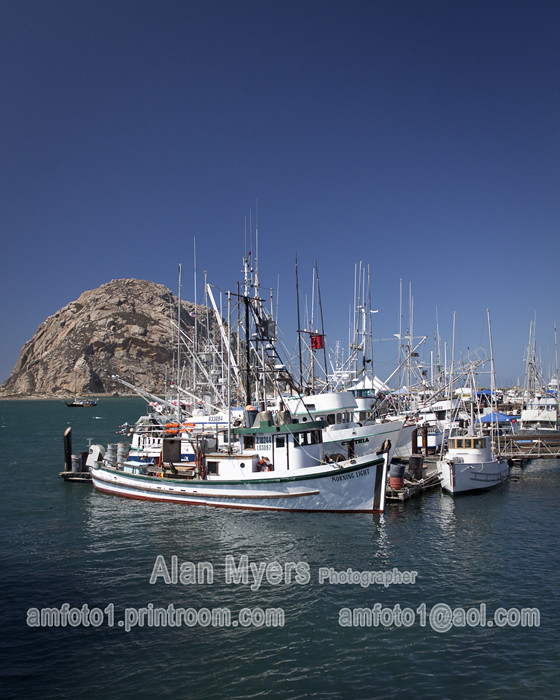
It might be easier to tell or show you when NOT to use one...
I won't use a C-Pol when the light is low and I can't afford the loss of light. A standard C-Pol reduces light between approx. 1.5 and 2.25 stops, depending upon how strongly its effect is dialed in. HOWEVER, today there are "High Transmissive" C-Pol available that reduce light less... approx. 3/4 stop to 1.5 stops. Those can help in some cases. I have one and haven't noticed any less polarization effect with the high transmissive type, compared to standard C-Pol.
Another time that I won't use a C-Pol is when shooting a sunrise or sunset directly. In fact, I remove any and all filters in those instances. But a C-Pol in particular, because they are multi-layered and more likely than most to cause added flare issues in images when there's a strong light source (like the setting or rising sun) within or nearly in an image. Also, a C-Pol serves absolutely no purpose when pointed directly at the sun. It has no effect.
Below is a test shot I took where I deliberately used a filter to see how bad the flare issues would be.


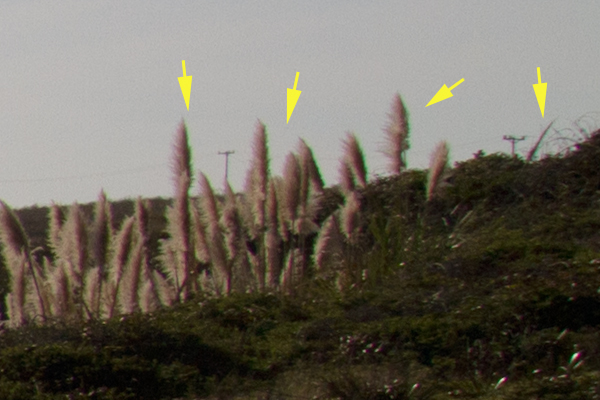
In the above, even using a high quality, multi-coated filter, there's overall "veiling flare", as well as some flare artifacts or "ghosts". Some aren't visible at Internet sizes and resolutions. There also was chromatic aberration that may have been accentuated by the filter. In this case I was able to make adjustments and retouch away most of the problems in post-processing (as shown below), but that was extra work that was unnecessary and could have been avoided simply by removing the filter!

Here's another example where I removed any and all filters...
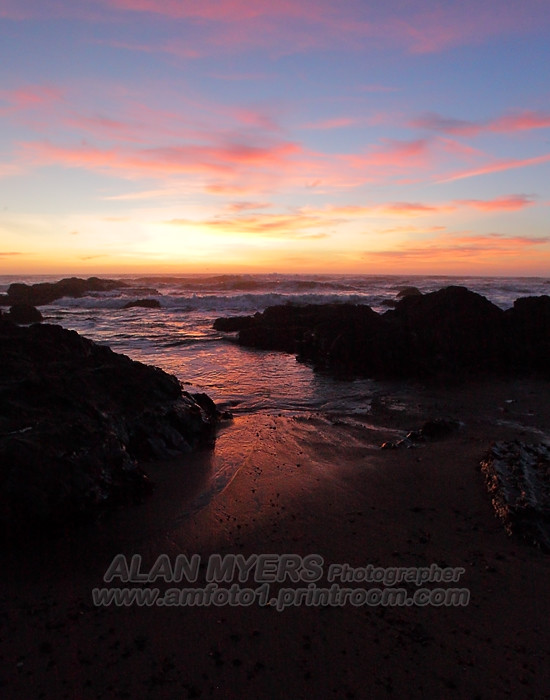
Also, there are times when the reflection is an important aspect of an image, so the last thing I'd want to do is reduce that (as in the colorful reflections of the sunset off the wet sand and rocks, in the above image).
Finally, C-Pol can be tricky with wide angle lenses. The filter is most effective at 90 degrees from the light source. This can cause uneven effects, especially when a lens makes for a wide angle of view. Here's an example where the sun is off to the left, so the filter's effect is stronger toward the right hand side of the image...
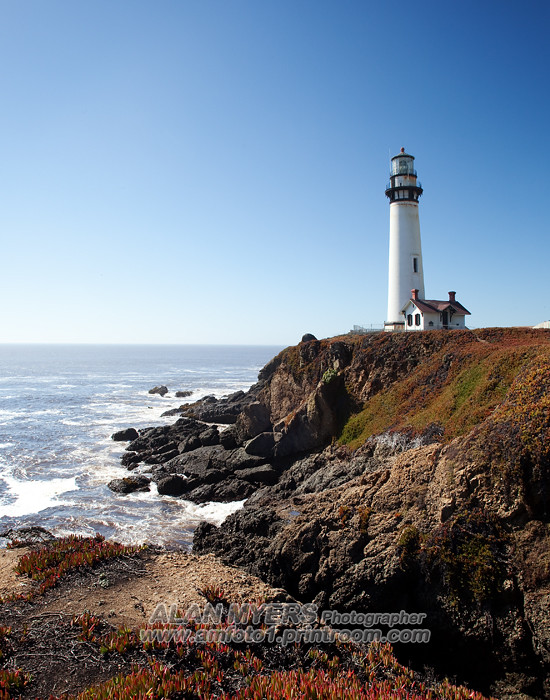
The uneven effect of the filter can be seen in the viewfinder before taking the shot... and can actually be useful. In the image above, the cloudless blue sky was a bit boring, so I sort of liked the uneven polarization and decided to use it. I framed the image to use the deepening effect of the filter around the primary subject.
Below is another image where a C-Pol's effect was uneven (stronger on the left this time), but is much less noticeable thanks to the clouds and other detail in the image...
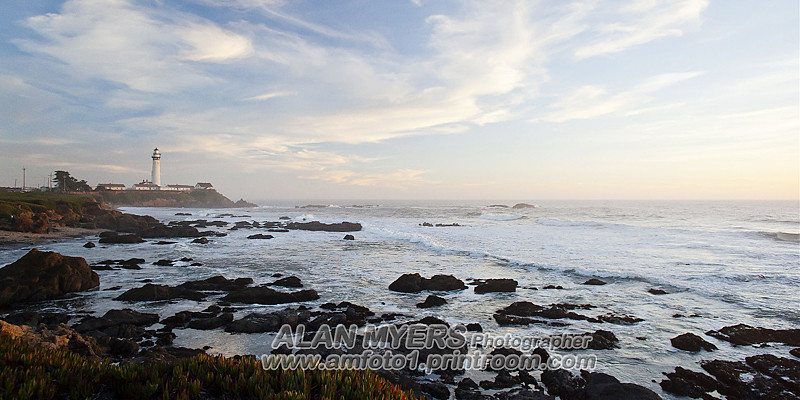
I recommend spending enough to get a very high quality, multi-coated filter (or filters, plural, if different sizes are needed... I don't like to use step rings because with most lenses they make it impossible to use a well-fitted hood, which I also consider very important, perhaps even more-so when using a filter).
I mostly use B+W F-Pro MRC (8-layer multi-coated) or XS-Pro MRC (16-layer multi-coated), both of which are now High Transmissive and which are a really good value. Prices vary by size, but those B+W are among the best, top-to-of-the-line filters. They use German Schott glass, brass frames, etc.... and yet they commonly sell for about half the price of other, similar specification filters (Breakthrough X4, Heliopan SH-PMC, Hoya HD3). They're even less expensive than a lot of filters that are lower specification. Hard to beat!
Jun 17, 2018 12:41:19 #
photoman022
Loc: Manchester CT USA
NCMtnMan wrote:
Use them for the exact same reasons and situations that you do in film. The object is to take the best photo possible first, not a lesser quality one and then try to "fix it" in post processing. Post processing can fix a lot of errors in a shot, but it isn't going to work miracles without drastically modifying elements of the shot.
I agree with NCMtnMan

Jun 17, 2018 13:07:16 #
One addendum to amfoto's very complete post. The falling off effect of a polarizer on blue skies with wide angle lenses should not preclude you from using it with wide angles where no blue sky is showing. The effect is inherent to the coloration of the sky, not the lens itself. And some people actually like the falloff effect, although it's not what you generally imagine, it is apparent in the viewfinder, so you can tell whether it's pleasing or not.
Andy
Andy
Jun 17, 2018 13:51:23 #
NCMtnMan wrote:
Use them for the exact same reasons and situations that you do in film. The object is to take the best photo possible first, not a lesser quality one and then try to "fix it" in post processing. Post processing can fix a lot of errors in a shot, but it isn't going to work miracles without drastically modifying elements of the shot.


Jun 17, 2018 13:52:37 #
Jun 17, 2018 14:33:56 #
appealnow
Loc: Dallas, Texas
Thanks for the informative post amfoto1. I primarily use PC filters to enhance the sky. When traveling, I have to take the shot regardless of the weather.
Jun 17, 2018 15:30:19 #
amfoto1 wrote:
Circular polarizers are the ONE filter that's stil... (show quote)
Thanks, amfoto1. I honestly do appreciate all of the discussion and the examples that you showed here. You put a tremendous amount of work into your answer, going way beyond what most folks would have posted. I am going to order B+W XS-Pro polarizers for my two vacation lenses. I've heard so many praises for them and I'll give them a try now before the trip. You are a true gem to the UHH community.
Jun 17, 2018 15:37:52 #
mrjcall wrote:
Lazarus obviously did not know about the concept o... (show quote)
But why not learn to have a little more skill when you shoot the original???
Jun 17, 2018 15:50:43 #
AndyH wrote:
More importantly, you CANNOT create the polarizer effect in PP. If detail is lost behind reflections, it's just not there for resurrection. Not even Lazarus could bring back that which does not exist.
Andy
Andy
FWIW, Lazarus brought back nothing. He was he who was brought back from the dead, according to the story.
But I agree on the point you were making...

Jun 17, 2018 15:57:09 #
LoneRangeFinder wrote:
FWIW, Lazarus brought back nothing. He was he who was brought back from the dead, according to the story.
But I agree on the point you were making...

But I agree on the point you were making...

I was told there would no Bible studies involved...
Andy
Jun 17, 2018 17:42:49 #
wdross
Loc: Castle Rock, Colorado
tomcat wrote:
Many years ago in the film age, a lot of us used p... (show quote)
Without reading what I believe will be the responses from most knowledgeable photographers, there is no proper way that any PP can exactly reproduce the effect of a good polarizer. I have heard that some say they can do it, but all the really good photographers that I know here on the site and elsewhere use a polarizer. The loss in f-stops is by far out weighted by the effect. This really only applies to good polarizers; the cheap polarizers are not worth the money spent.
Jun 17, 2018 19:01:56 #
kenArchi
Loc: Seal Beach, CA
Here is where I use Cpl's.
First picture is no CPL, and second is with CPL, Notice how much more detail it enhances.
The Exterior was a separate shot.
First picture is no CPL, and second is with CPL, Notice how much more detail it enhances.
The Exterior was a separate shot.
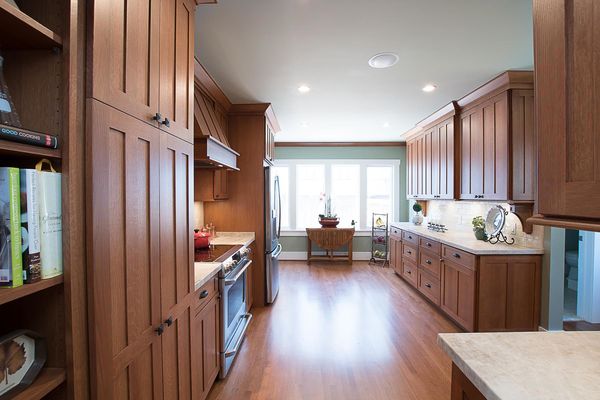
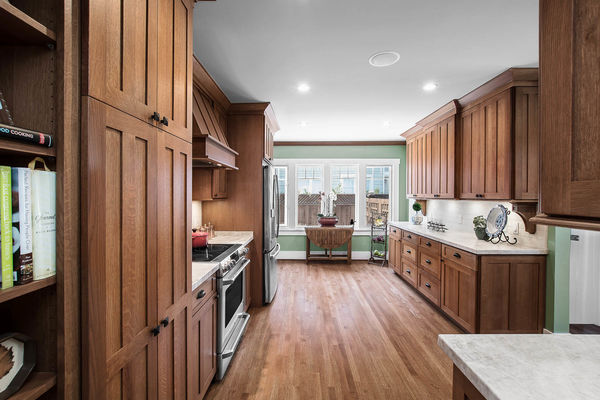
Jun 17, 2018 19:16:47 #
tomcat wrote:
Many years ago in the film age, a lot of us used p... (show quote)
Purely for reflections. The rest can be done trivially in post.
Jun 17, 2018 19:27:19 #
pithydoug wrote:
Purely for reflections. The rest can be done trivially in post.
So, ten seconds to turn a CPL and see the results live, or hours, and hours, and hours in PP to achieve a fraction of the results you can get in the field?
Seems pretty simple to me....
Andy
Jun 17, 2018 19:36:42 #
AndyH wrote:
So, ten seconds to turn a CPL and see the results live, or hours, and hours, and hours in PP to achieve a fraction of the results you can get in the field?
Seems pretty simple to me....
Andy
Seems pretty simple to me....
Andy
It does to me too Andy. I wanted to ask the question because I was uncertain about whether the new LR software is capable of reducing reflections with the Highlights slider.
If you want to reply, then register here. Registration is free and your account is created instantly, so you can post right away.



